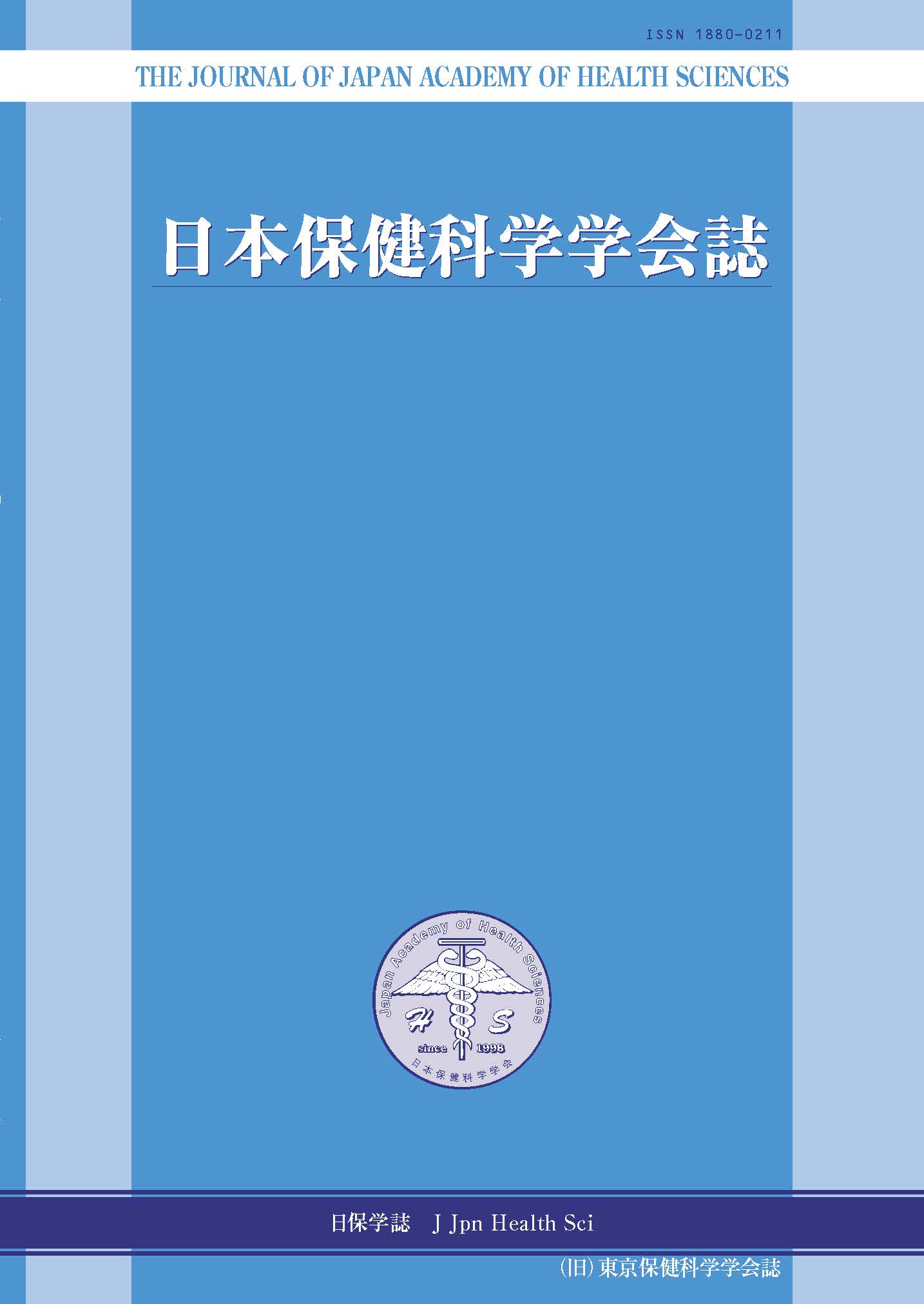Volume 21, Issue 4
Displaying 1-6 of 6 articles from this issue
- |<
- <
- 1
- >
- >|
-
2019Volume 21Issue 4 Pages 164-
Published: 2019
Released on J-STAGE: October 05, 2019
Download PDF (637K) -
2019Volume 21Issue 4 Pages 167-180
Published: 2019
Released on J-STAGE: October 05, 2019
Download PDF (937K) -
2019Volume 21Issue 4 Pages 181-191
Published: 2019
Released on J-STAGE: October 05, 2019
Download PDF (965K) -
2019Volume 21Issue 4 Pages 192-200
Published: 2019
Released on J-STAGE: October 05, 2019
Download PDF (926K) -
2019Volume 21Issue 4 Pages 201-207
Published: 2019
Released on J-STAGE: October 05, 2019
Download PDF (1408K) -
2019Volume 21Issue 4 Pages 208-214
Published: 2019
Released on J-STAGE: October 05, 2019
Download PDF (898K)
- |<
- <
- 1
- >
- >|
